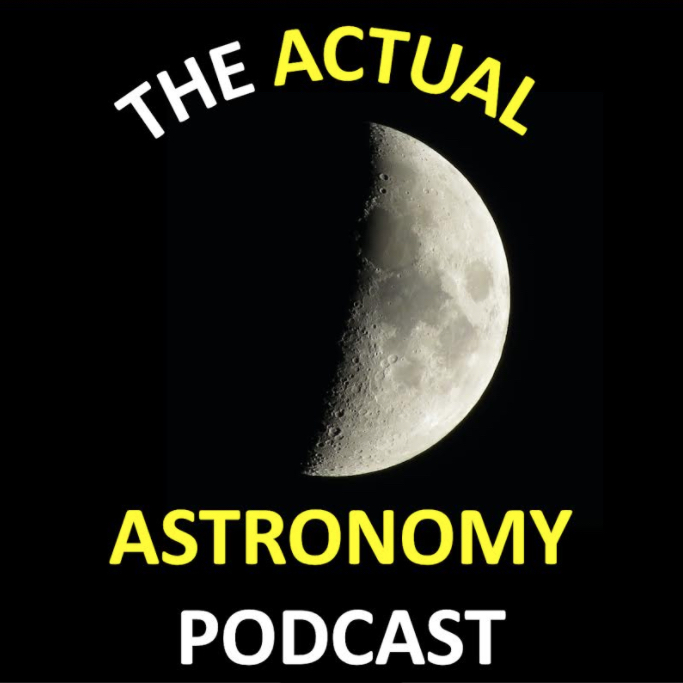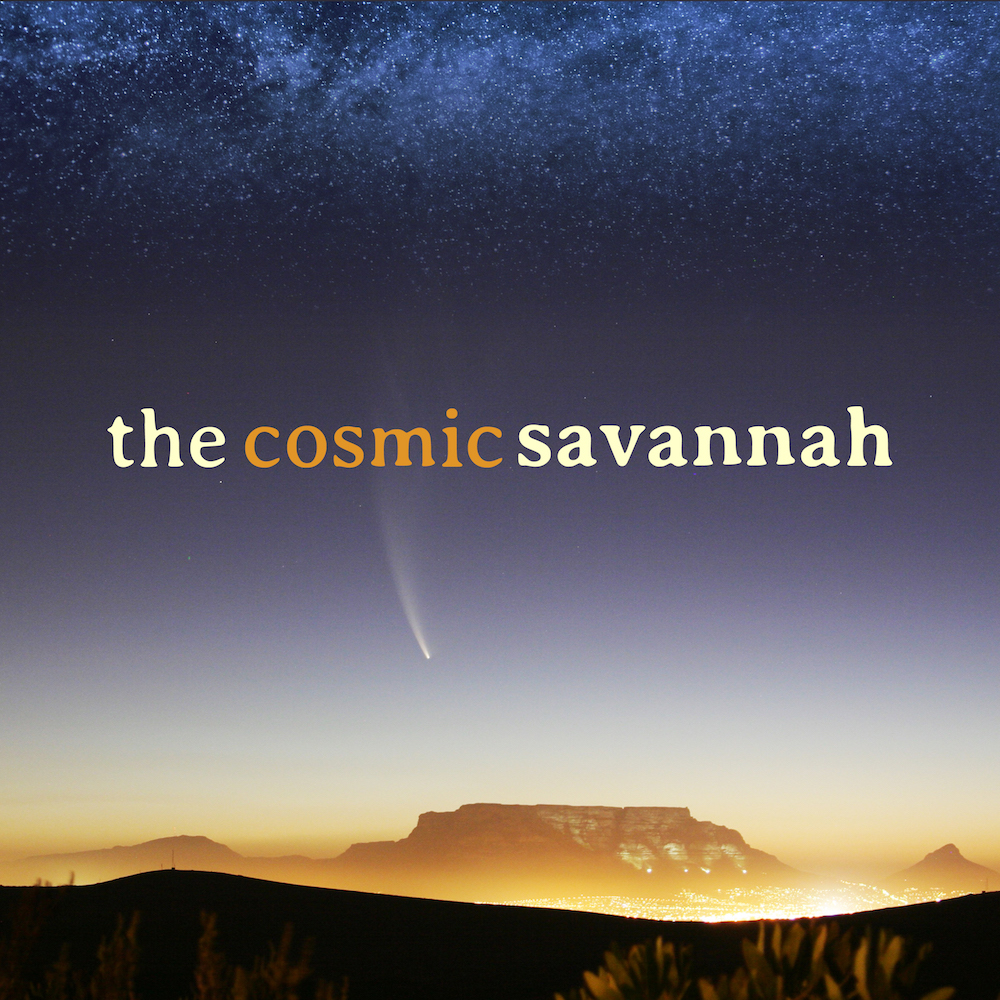Today’s Episode

Oct 3rd: The Observer’s Calendar for October 2024
The Actual Astronomy Observer’s Calendar talk about Comet Tsuchinshan-ATLAS & the pairings of the Moon and Venus, Jupiter and other planets.
Subscribe & Follow
Project Director: Avivah Yamani
Audio Engineer: Richard Drumm
Executive Producer: Pamela L. Gay
Learn more about us on our
Credits and Sponsors page.
We are a community podcast,
bringing you the voices of astronomy & astronomy lovers,
everyday of the year.
More Recent Episodes
May 26th: Earth To Mars In 100 Days? The Power Of Nuclear Rockets
The Solar System is a really big place, and it takes forever to travel from world to world with traditional chemical rockets. But one technique, developed back in the 1960s might provide a way to dramatically shorten our travel times: nuclear rockets.
May 25th: Extreme Binaries
We’re familiar with regular binary stars. Two stars orbiting each other. Of course the Universe has come up with every combination of things orbiting other things, and we will look at some extreme examples.
May 24th: Asteroid Zoo & Missing
The most dangerous member of the 1,839 asteroids discovered in 2018 is the 500 foot diameter asteroid now named 2018 LK.
May 23rd: The Transit of Mercury
In this episode @cosmicsavannah talk to Dr Niruj Ramanujam from the South African Radio Astronomy Observatory (SARAO) about the importance of the Mercury Transit & how you can see the transit.
May 22nd: Dr. Sarah McAnulty From Skype a Scientist
Today @WFHCrew discuss with Dr. Sarah McAnulty and weekly news update which includes WFIRST, AI techniques used to discover galaxies, Long period GRB, and water ice mining on the Moon.
May 21st: Variable Star Rhythms, Europa’s Plumes, Pluto’s Haze & Dr. Catherine Johnson
Join us today as we talk about one of my favorite areas of research, pulsating stars, and how researchers have used data from NASA’s TESS mission to understand them. We also look at new evidence for watery plumes erupting from Jupiter’s moon Europa. And finally, we discuss how the SOFIA observatory has found clues for why Pluto’s atmospheric haze continues to exist.







